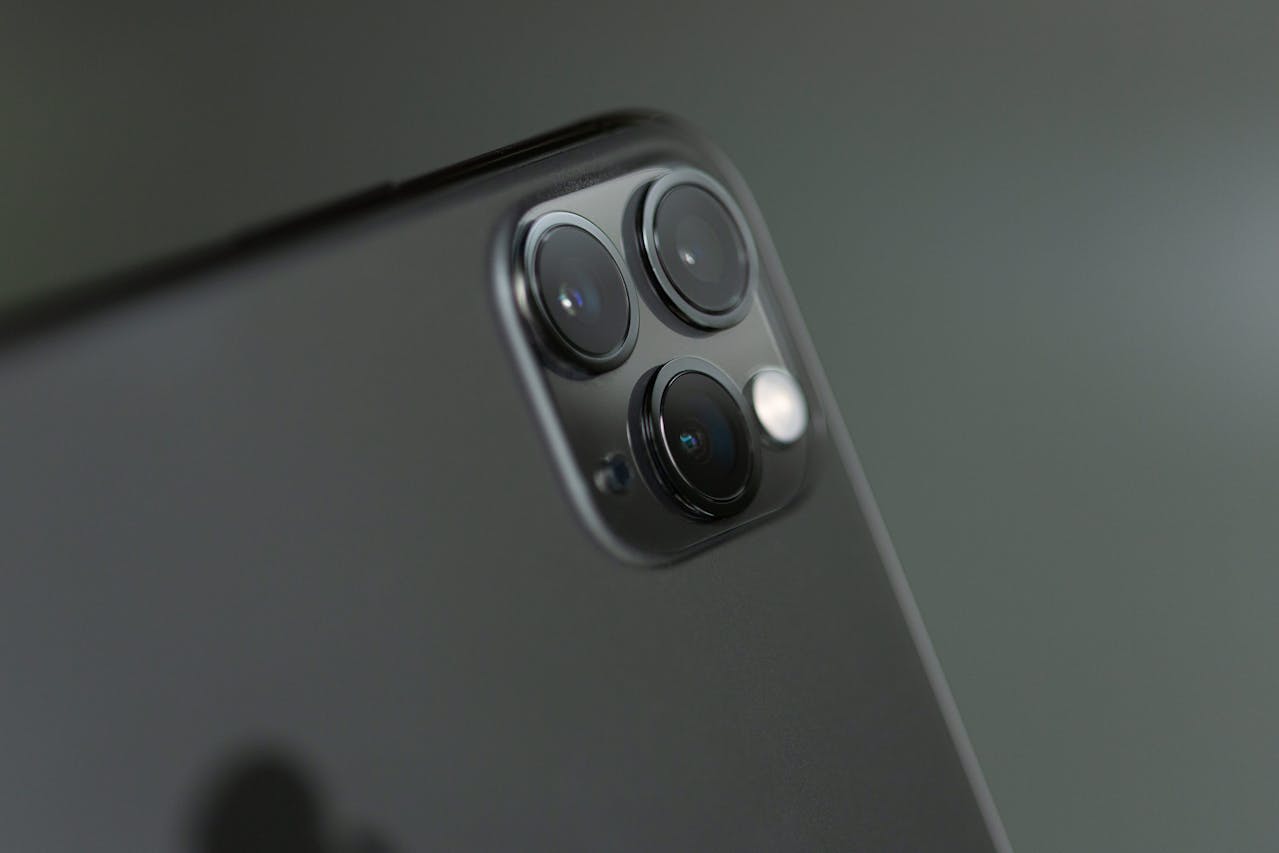Defining Artistry in the Era of Virtual Reality
Introduction: In our increasingly digitized world, the dawn of Virtual Reality (VR) has significantly reshaped the landscape of arts and entertainment. This article delves into the intriguing realm of VR, examining its historical development, current trends, and far-reaching implications for the future of creative expression.

From Sci-Fi to Reality: Tracing the History of VR
Virtual Reality was once the stuff of science fiction, a concept that seemed too fantastical to become a part of our everyday lives. However, its roots can be traced back to the mid-20th century with Morton Heilig’s Sensorama. As technology evolved, so did VR, with the 1980s and 90s seeing significant advancements. The 21st century, marked by the rise of smartphones and high-speed internet, truly brought VR into the mainstream, revolutionizing entertainment and art.
The Present-Day VR Landscape: A World Beyond Limits
Today, VR is a thriving industry, with major tech companies investing heavily in its development. From gaming and filmmaking to visual arts and theater, VR has permeated various sectors of entertainment, offering immersive experiences that push the boundaries of traditional artistic expression. It has also opened up new avenues for artists to explore, enabling them to create multi-dimensional, interactive works that engage audiences in unprecedented ways.
VR in Art: A New Dimension of Creativity
In the realm of visual arts, VR has emerged as a powerful tool for artists, enabling them to create immersive environments that transcend the limitations of physical space. A notable example is the work of renowned artist Marina Abramović, who utilized VR technology to create a virtual performance piece, completely redefining the boundaries of performance art.
The Impact of VR on Film and Theater
The world of film and theater has also been profoundly impacted by VR. Directors and playwrights are utilizing this technology to immerse audiences into the world of their narratives, blurring the line between spectator and participant. This innovative approach is not only revolutionizing storytelling techniques but also transforming the audience’s perception of narrative art forms.
The Future of VR in Arts and Entertainment: A Brave New World
As we look towards the future, it is clear that VR will continue to play a pivotal role in shaping the arts and entertainment landscape. It offers infinite possibilities for creative exploration, pushing the boundaries of what is conceivable in art. As technology advances, we can expect even more groundbreaking innovations, redefining our understanding of creativity and artistic expression.
In conclusion, the integration of Virtual Reality into the arts and entertainment industry represents a significant shift in creative practices. It has not only broadened the scope of artistic expression but also created a more interactive and immersive experience for audiences. As we navigate this brave new world of digital artistry, one thing is certain: the realm of art and entertainment will never be the same again.




